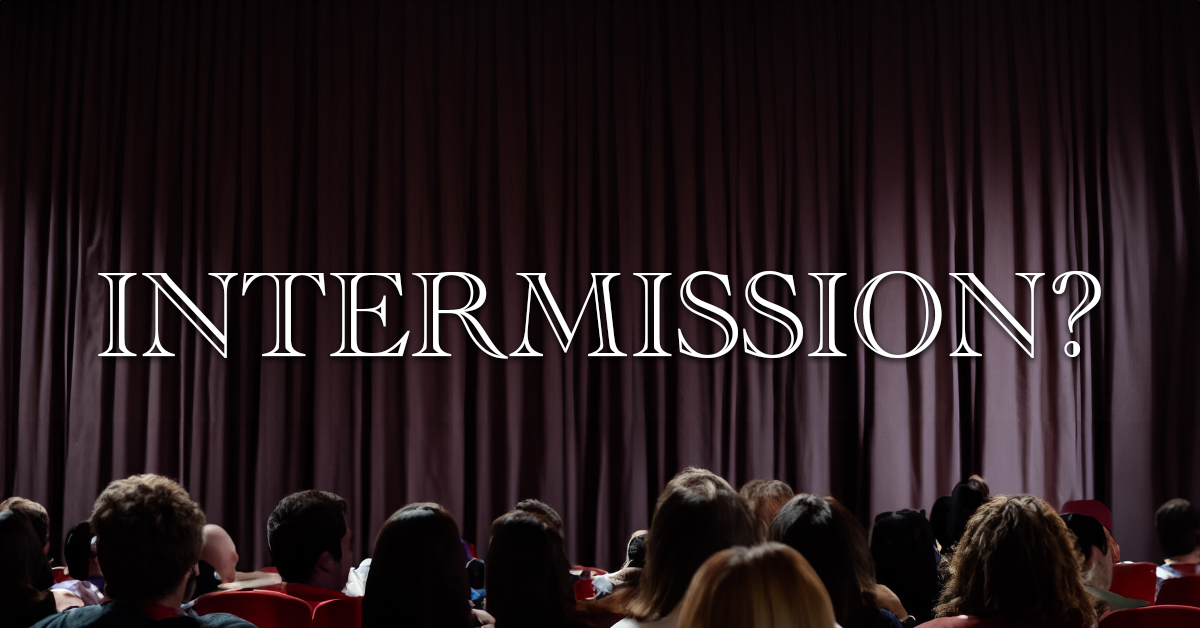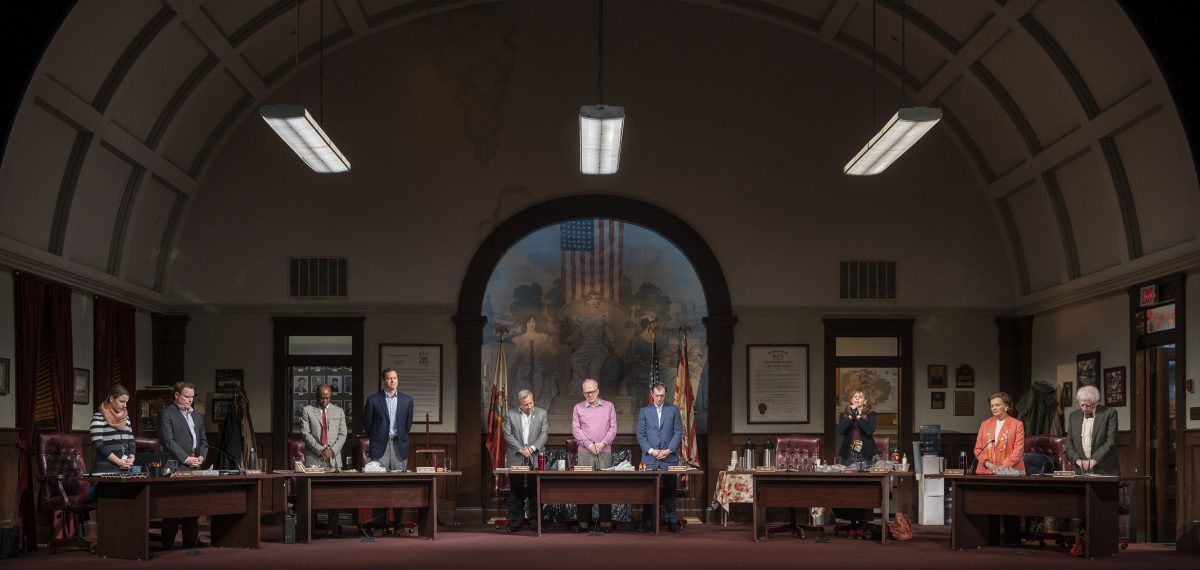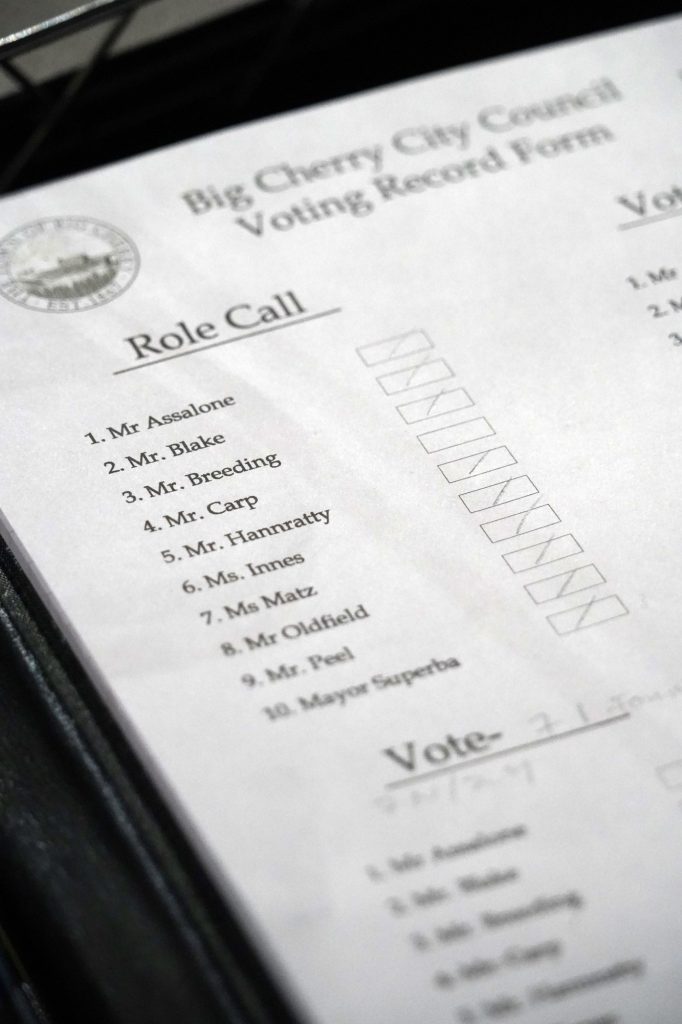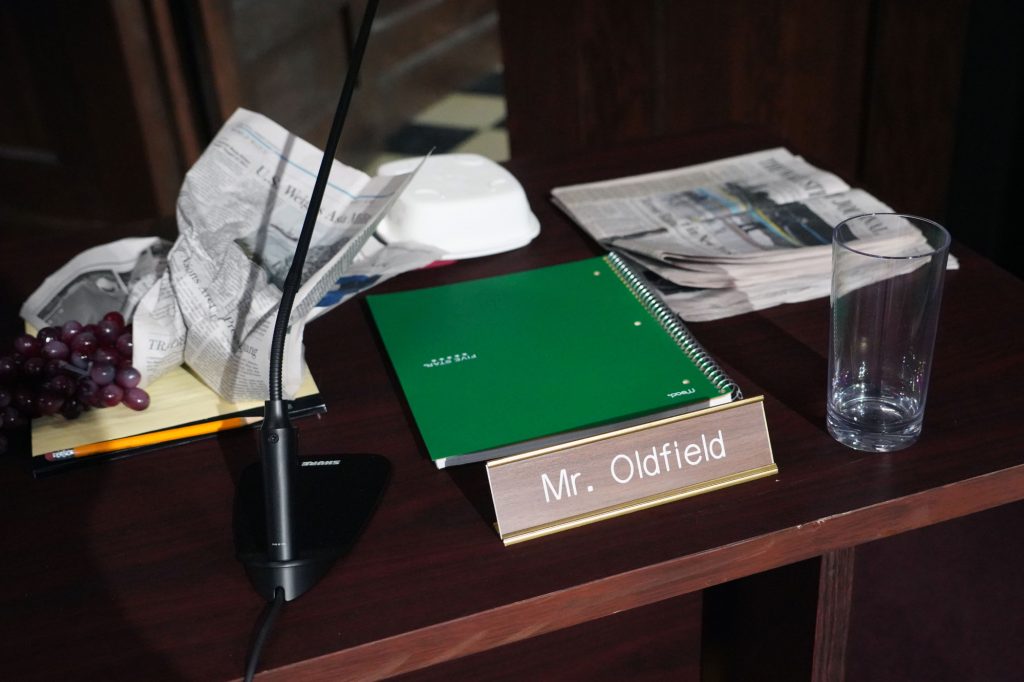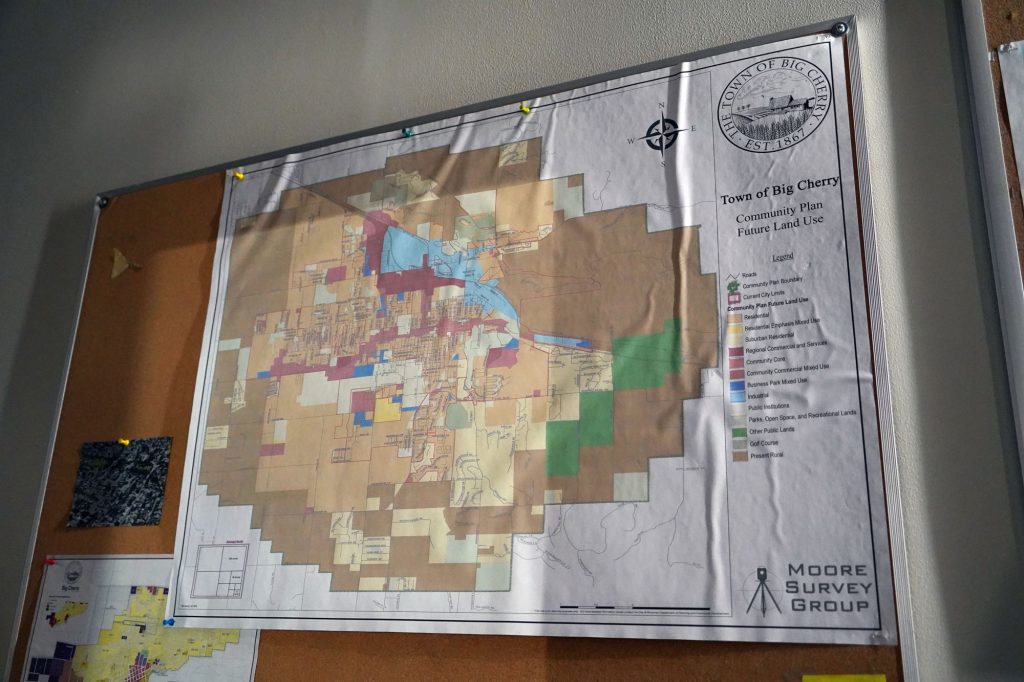By Ben Togut
For many Broadway lovers, the intermission is a welcome interlude in the theater-going experience, providing audience members with the opportunity to get out of their seats, use the restroom, or head to the concession stand. However, it appears the well-worn tradition of the intermission is at a critical juncture. According to an article in the Philadelphia Inquirer, of the 80 new plays that opened in the U.S. 2019-2020 theater season, 62% had no intermission. This development begs a vital question: are intermissions a thing of the past?
The intermission has a storied history. Before electricity, they allowed theater staff the opportunity to trim and relight the wicks of candles illuminating the stage. Intermissions served a similar purpose in movies, giving projectionists the time to change film reels. Over time, the intermission gained commercial as well as practical value. In the 1950s and 60s, advertisers enticed moviegoers to make trips to the concession stand with commercials like Let’s All Go to the Lobby, featuring dancing candy, popcorn, and soft drinks. Likewise, Broadway theaters encourage audience members to open their wallets during intermission with flashy merch tables and cocktails with names relevant to the show, allowing the audience to continue engaging with the production between acts.
In recent years, more and more Broadway shows have been presented without an intermission, including musicals such as Come From Away and the most recent revival of West Side Story (which was pared down to a single act), and plays like Leopoldstadt, The Minutes, The Shark is Broken, Ohio State Murders, Jaja’s African Hair Braiding, and The Sound Inside alike. Why has there been a trend away from intermission in recent years? Given shorter attention spans and an increased focus on accessibility in the theater, it seems that the absence of an intermission would be counterintuitive.

However, having an intermission doesn’t always make sense for a production. In an interview with the L.A. Times, playwright and director Robert O’Hara argues that a “seismic shift” must occur between acts for an intermission to be justified. From this angle, productions shouldn’t have intermissions just because they are expected. Instead, an intermission should only occur if it serves the narrative of the show and how the audience experiences the story.
More and more, having an intermission in theater seems arbitrary, especially when audiences are willing to sit through long movies without a break. Recently, Oppenheimer, Killers of the Flower Moon, and Avatar: The Way of Water have been hits at the box office while all running three hours or longer. If audience members can watch the latest Scorsese saga straight through, a two-hour Broadway show should be a walk in the park.
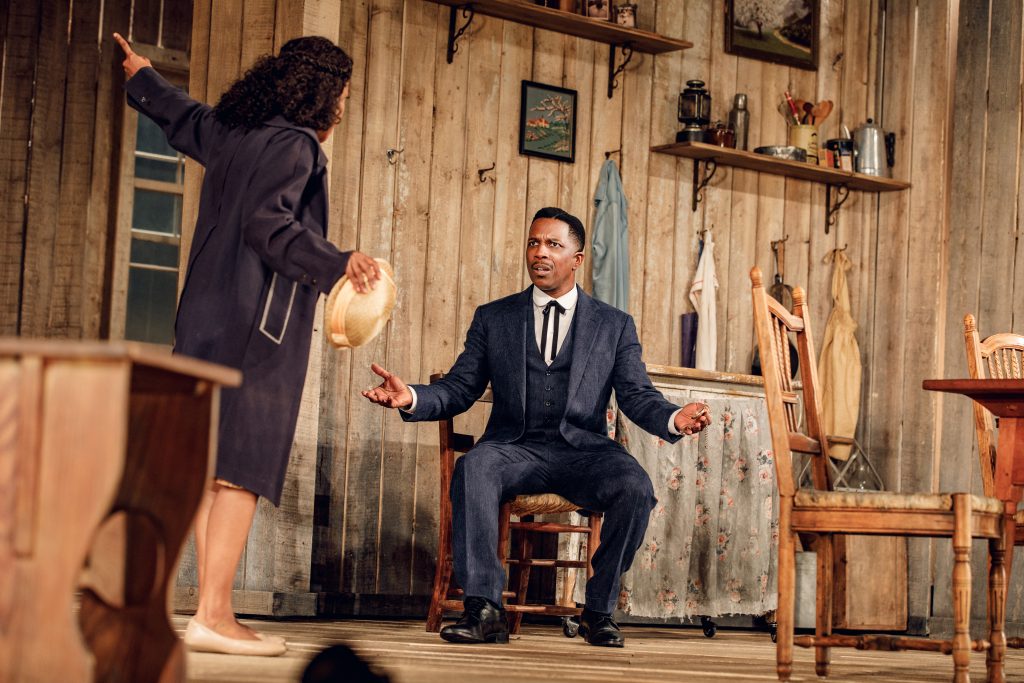
What’s more, not having an intermission often has strategic value to theatermakers, allowing them to heighten the emotional and narrative arc of their plays. The current revival of Purlie Victorious is a timely example. While the original 1961 production had an intermission, standard for straight plays of the era, the 2023 revival runs without one. Without an interruption, Purlie Victorious builds tension and maintains its comedic momentum, taking audience members on an uproarious journey as they root for Purlie to win back his family’s inheritance. Foregoing an intermission, Purlie Victorious sustains its dramatic thrust, providing no shortage of laughs and surprises over its two hours.
While plenty of shows continue to have intermissions, playwrights and directors are reconsidering the efficacy of this tradition, not having a break in their shows’ runtime unless it makes sense as a narrative tool. Although not having an intermission can have strategic value, it raises concerns about accessibility, especially for the elderly and people with disabilities, for whom sitting for extended periods of time can be physically challenging. Going forward, Broadway may consider taking further measures to ensure that everyone has a more comfortable and enjoyable time at the theater.
